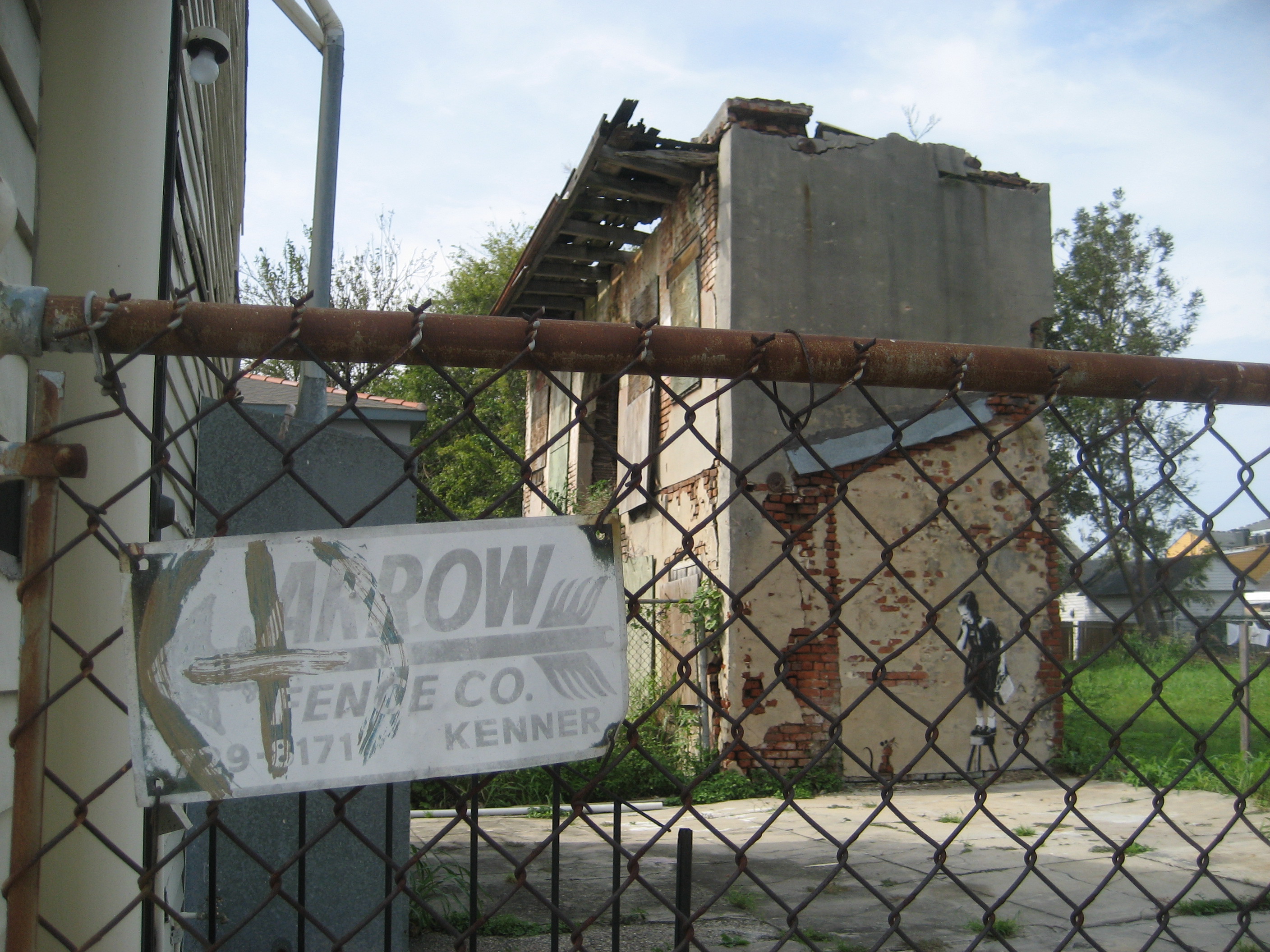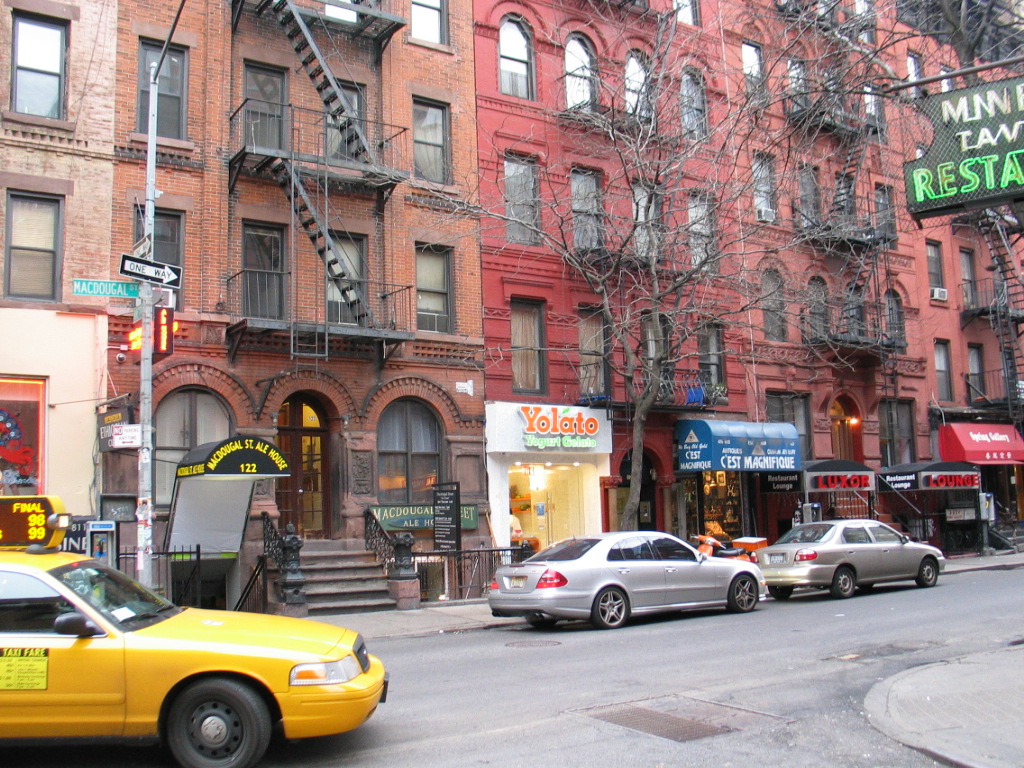|
Natural Surveillance
Natural surveillance is a term used in crime prevention through environmental design (CPTED) models for crime prevention. Natural surveillance limits the opportunity for crime by taking steps to increase the perception that people can be seen. Natural surveillance occurs by designing the placement of physical features, activities and people in such a way as to maximize visibility and foster positive social interaction. Potential offenders feel increased scrutiny and perceive few escape routes. Natural surveillance is typically free of cost, however its effectiveness to deter crime varies with the individual offender. The CPTED models rely on the ability to influence offender decisions preceding criminal acts. Research into criminal behavior demonstrates that the decision to offend or not to offend is more influenced by cues to the perceived risk of being caught than by cues to reward or ease of entry. Consistent with this research CPTED-based strategies emphasize enhancing the pe ... [...More Info...] [...Related Items...] OR: [Wikipedia] [Google] [Baidu] |
Crime Prevention Through Environmental Design
Crime prevention through environmental design (CPTED) is a system for developing the built environment to reduce the possibility of opportunistic crime and limit the perception of crime in a given neighborhood. CPTED originated in the United States around 1960, when urban designers recognized that urban renewal strategies were risking the social framework needed for self-policing. Architect Oscar Newman created the concept of " defensible space", developed further by criminologist C. Ray Jeffery, who coined the term ''CPTED''. The growing interest in environmental criminology led to a detailed study of specific topics such as natural surveillance, access control, and territoriality. The " broken window" principle, that neglected zones invite crime, reinforced the need for good property maintenance to assert visible ownership of space. Appropriate environmental design can also increase the perceived likelihood of detection and apprehension, the most significant crime deterrent ... [...More Info...] [...Related Items...] OR: [Wikipedia] [Google] [Baidu] |
Jane Jacobs
Jane Isabel Jacobs (''née'' Butzner; 4 May 1916 – 25 April 2006) was an American-Canadian journalist, author, theorist, and activist who influenced urban studies, sociology, and economics. Her book ''The Death and Life of Great American Cities'' (1961) argued that "urban renewal" and "Slum clearance in the United States, slum clearance" did not respect the needs of city-dwellers. Jacobs organized grassroots efforts to protect neighborhoods from urban renewal and slum clearance, in particular plans by Robert Moses to overhaul her own Greenwich Village neighborhood. She was instrumental in the eventual cancellation of the Lower Manhattan Expressway, which would have passed directly through the area of Manhattan that would later become known as SoHo, Manhattan, SoHo, as well as part of Little Italy, Manhattan, Little Italy and Chinatown, Manhattan, Chinatown. She was arrested in 1968 for inciting a crowd at a public hearing on that project. After moving to Toronto in 1968, she ... [...More Info...] [...Related Items...] OR: [Wikipedia] [Google] [Baidu] |
The Death And Life Of Great American Cities
''The Death and Life of Great American Cities'' is a 1961 book by writer and activist Jane Jacobs. The book is a critique of 1950s urban planning policy, which it holds responsible for the urban decay, decline of many city neighborhoods in the United States. The book is Jacobs' best-known and most influential work. Jacobs was a critic of "Rationalism (architecture), rationalist" planners of the 1950s and 1960s, especially Robert Moses, as well as the earlier work of Le Corbusier. She argued that urban planning should prioritize the needs and experiences of residents, and modernist urban planning overlooked and oversimplified the complexity of human lives in diverse communities. She opposed large-scale urban renewal programs that affected entire neighborhoods and built freeways through inner cities. She instead advocated for dense mixed-use development and walkable streets, with the Natural surveillance, "eyes on the street" of passers-by helping to maintain Public-order crime, pu ... [...More Info...] [...Related Items...] OR: [Wikipedia] [Google] [Baidu] |
Greenwich Village
Greenwich Village, or simply the Village, is a neighborhood on the west side of Lower Manhattan in New York City, bounded by 14th Street (Manhattan), 14th Street to the north, Broadway (Manhattan), Broadway to the east, Houston Street to the south, and the Hudson River to the west. Greenwich Village also contains several subsections, including the West Village west of Seventh Avenue (Manhattan), Seventh Avenue and the Meatpacking District, Manhattan, Meatpacking District in the northwest corner of Greenwich Village. Its name comes from ''Groenwijck'', Dutch language, Dutch for "Green District". In the 20th century, Greenwich Village was known as an artists' haven, the Bohemianism, bohemian capital, the cradle of the modern LGBTQ social movements, LGBTQ movement, and the East Coast birthplace of both the Beat Generation and counterculture of the 1960s. Greenwich Village contains Washington Square Park, as well as two of New York City's private colleges, New York University (NYU) ... [...More Info...] [...Related Items...] OR: [Wikipedia] [Google] [Baidu] |
Neighborhood Watch
A neighborhood watch or neighbourhood watch (see American and British English spelling differences#-our, -or, spelling differences), also called a crime watch or neighbourhood crime watch, is an organized group of civilians devoted to crime and vandalism prevention within a neighborhood. The aim of neighborhood watch includes educating residents of a community on security and safety and achieving safe and secure neighborhoods. However, when a criminal activity is suspected, members are encouraged to report to authorities, and not to intervene. Organization A neighborhood watch may be organized as its own group or may simply be a function of a neighborhood association or other community association. While not all neighborhood watch groups are vigilantes, some are and use vigilante practices in order for them to handle crime in their neighborhoods. In the United States, neighborhood watch groups increased in popularity throughout the 1980s and 1990s in part as a response to t ... [...More Info...] [...Related Items...] OR: [Wikipedia] [Google] [Baidu] |
Physical Security
Physical security describes security measures that are designed to deny unauthorized access to facilities, equipment, and resources and to protect personnel and property from damage or harm (such as espionage, theft, or terrorist attacks). Physical security involves the use of multiple layers of interdependent systems that can include CCTV surveillance, security guards, protective barriers, locks, access control, perimeter intrusion detection, deterrent systems, fire protection, and other systems designed to protect persons and property. Overview Physical security systems for protected facilities can be intended to: * deter potential intruders (e.g. warning signs, security lighting); * detect intrusions, and identify, monitor and record intruders (e.g. security alarms, access control and CCTV systems); * trigger appropriate incident responses (e.g. by security guards and police); * delay or prevent hostile movements (e.g. door reinforcements, grilles); * protect the as ... [...More Info...] [...Related Items...] OR: [Wikipedia] [Google] [Baidu] |
Security Lighting
In the field of physical security, security lighting is lighting that intended to deter or detect intrusions or other criminal activity occurring on a property or site. It can also be used to increase a feeling of safety. Lighting is integral to crime prevention through environmental design. A 2019 study in New York City found that the provision of street lights, an important type of security lighting, resulted in a "36 percent reduction in nighttime outdoor index crimes." Planning considerations Security lighting to prevent intrusions may be counter-productive. Turning off lights halved the number of thefts and burglary in Övertorneå Sweden. ] This is also the minimum illumination level specified iTable H–2 Minimum Night Firing Criteria of 10 CFR 73 Appendix H for night firing. Pe10 CFR 73.46(b)(7)"-Tactical Response Team members, armed response personnel, and guards shall qualify and requalify, at least every 12 months, for day and night firing with assigned weapons in accor ... [...More Info...] [...Related Items...] OR: [Wikipedia] [Google] [Baidu] |
Surveillance
Surveillance is the monitoring of behavior, many activities, or information for the purpose of information gathering, influencing, managing, or directing. This can include observation from a distance by means of electronic equipment, such as closed-circuit television (CCTV), or interception of electronically transmitted information like Internet traffic. Increasingly, Government, governments may also obtain Customer data, consumer data through the purchase of online information, effectively expanding surveillance capabilities through commercially available digital records. It can also include simple technical methods, such as Human intelligence (intelligence gathering), human intelligence gathering and postal interception. Surveillance is used by citizens, for instance for protecting their neighborhoods. It is widely used by governments for intelligence gathering, including espionage, prevention of crime, the protection of a process, person, group or object, or the investigat ... [...More Info...] [...Related Items...] OR: [Wikipedia] [Google] [Baidu] |
Urban Vitality
Urban vitality is the quality of spaces in urban area, cities that attract diverse groups of people for a range of activities at different times of the day. Such spaces are often be perceived as being alive, lively or vibrant, in contrast with low-vitality areas, which may repel people and be perceived as unsafe. The urban vitality index is a measure of this quality and has become a fundamental tool in urban planning, especially in interventions for spaces with low vitality. The index is also used to assist the management of spaces that already have high vitality. However, the success of high-vitality spaces can sometimes lead to gentrification and overtourism that may reduce their vitality and initial popularity. The concept of urban vitality is based on the works of Jane Jacobs, especially her most influential work, ''The Death and Life of Great American Cities''. In the 1960s, Jacobs criticized the modern architecture, modern and rationalist architecture of Robert Moses and Le ... [...More Info...] [...Related Items...] OR: [Wikipedia] [Google] [Baidu] |
Crime Prevention
Crime prevention refers to strategies and measures that seek to reduce the risk of crime occurring by intervening before a crime has been committed. It encompasses many approaches, including developmental, situational, community-based and criminal-justice interventions, to address risk factors at individual, family, community and societal levels. These strategies aim to deter potential offenders, reduce opportunities for offending and mitigate the fear of crime among the public, and are used by many governments in their efforts to reduce crime, enforce the law, maintain criminal justice and uphold overall stability. Studies Criminologists, commissions and research bodies such as the World Health Organization, the United Nations, the United States National Research Council and the UK Audit Commission have analyzed their and others' research on what lowers the rates of interpersonal crime. They agree that governments must go beyond law enforcement and criminal justice to tackle ... [...More Info...] [...Related Items...] OR: [Wikipedia] [Google] [Baidu] |
Security Engineering
Security engineering is the process of incorporating security controls into an information system so that the controls become an integral part of the system's operational capabilities. It is similar to other systems engineering activities in that its primary motivation is to support the delivery of engineering solutions that satisfy pre-defined functional and user requirements, but it has the added dimension of preventing misuse and malicious behavior. Those constraints and restrictions are often asserted as a security policy. In one form or another, security engineering has existed as an informal field of study for several centuries. For example, the fields of locksmithing and security printing have been around for many years. The concerns for modern security engineering and computer systems were first solidified in a RAND paper from 1967, "Security and Privacy in Computer Systems" by Willis H. Ware. This paper, later expanded in 1979, provided many of the fundamental information ... [...More Info...] [...Related Items...] OR: [Wikipedia] [Google] [Baidu] |




